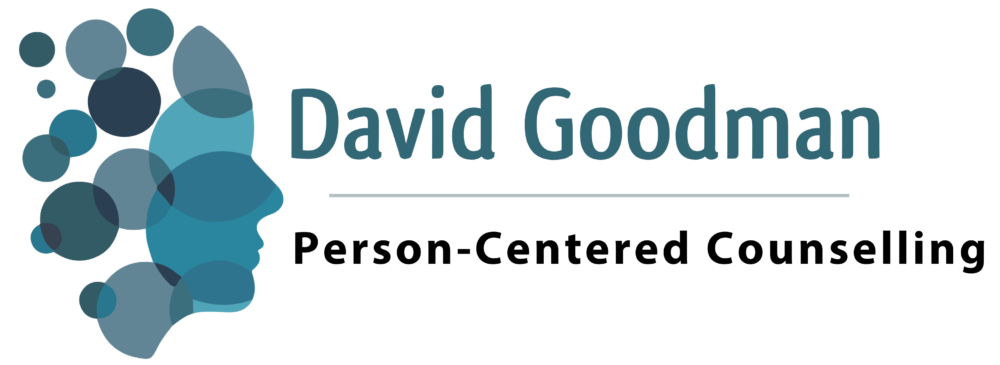What is EMDR (Eye Movement Desensitisation and Reprocessing)
EMDR is a highly effective, evidence-based therapy designed to help people process and heal from distressing life experiences, traumatic events, and persistent negative beliefs. It works by using bilateral stimulation — such as side-to-side eye movements — to help the brain reprocess difficult memories, reducing their emotional intensity and allowing you to move forward with greater ease.
EMDR has been widely recognised as an effective treatment for trauma and mental health concerns:
- American Psychiatric Association: Recognises EMDR as an effective therapy for PTSD.
- US Department of Veterans Affairs & Department of Defence: Strongly recommend EMDR for trauma treatment.
- World Health Organisation (WHO): Endorses EMDR as a treatment for trauma and distressing life events.
- UK National Institute for Health and Care Excellence (NICE): Recommends EMDR for PTSD and related conditions.
I am fortunate to be in ongoing training with Dr. Philip Manfield, a globally respected EMDR psychotherapist, consultant, and trainer based in California, USA. Dr. Manfield has authored five books on psychotherapy and EMDR and worked alongside Francine Shapiro, the originator of EMDR, assisting her in training sessions over many years.
His wealth of experience and deep connection to the roots of EMDR enriches my practice, allowing me to offer clients a safe, effective, and up-to-date approach to processing trauma and emotional distress.
For those curious about what an EMDR session might look like, Dr. Manfield offers free-to-stream demonstrations of real-life EMDR sessions on his website:
🌍 www.emdrvideo.com
These videos provide an authentic glimpse into the EMDR process and how it can help release emotional pain.
How EMDR Can Support You
EMDR can be helpful for a range of concerns, including:
- Trauma & PTSD
- Anxiety & Panic Attacks
- Grief & Loss
- Low Self-Esteem & Confidence Issues
- Phobias & Fears
- Persistent Negative Beliefs
- Stress & Emotional Overwhelm
Whether you want to address a specific trauma or explore emotional blockages holding you back, EMDR can be a powerful tool to help you feel lighter, more resilient, and more connected to your present self.
EMDR as a Standalone Treatment or an Add-On to Person-Centred Therapy
One of the powerful aspects of EMDR is its flexibility — it can be used on its own or integrated into person-centred counselling, depending on your needs and goals.
- As a Standalone Treatment: If you’re looking to target specific traumatic memories, phobias, or deeply distressing events, EMDR can be a focused approach to help you process and release those emotional burdens.
- Combined with Person-Centred Therapy: If you’re already working through personal growth, self-discovery, or ongoing life challenges, EMDR can act as a complementary tool to help resolve underlying emotional blocks or past experiences that might surface during counselling.
For example, if difficult memories or intense emotions arise in your person-centred sessions, we can use EMDR to process those experiences, helping you feel more grounded and empowered as you continue your therapeutic journey.
Whether you want to dive into deep trauma work or gently explore difficult feelings at your own pace, we can shape a therapy plan that feels right for you.
Not Sure If EMDR Is Right for You? Let’s Talk.
Starting therapy or trying a new approach can feel daunting — and that’s completely normal. That’s why I offer a free 20-minute video consultation, where we can discuss your concerns, explore whether EMDR or person-centred therapy (or both) might suit your needs, and see if we’re a good fit to work together.
